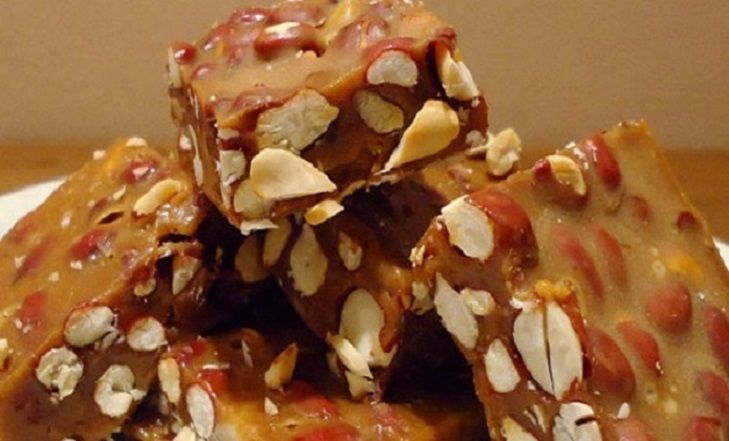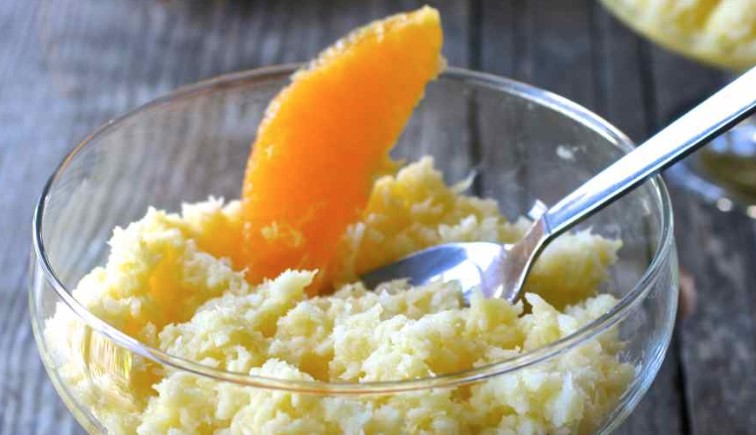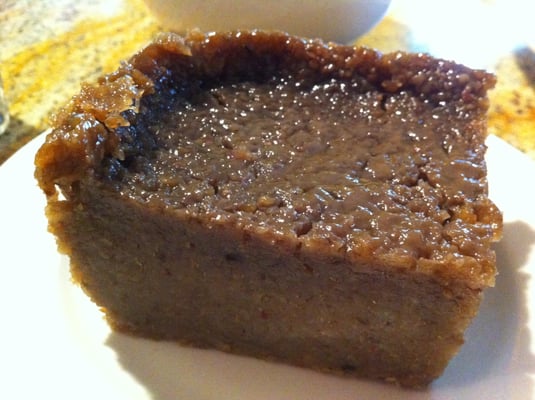What is Doce de Ginguba?
Doce de Ginguba, also known as peanut sweet treat, is a traditional dessert from Angola. The dish is a sweet and delicious treat made from peanuts, sugar, and water. It is a popular dish in many African countries, especially in Angola and Mozambique. The peanut sweet treat is a simple and easy-to-make dessert that is perfect for any occasion.
Doce de Ginguba is a versatile dessert that can be served in many different ways. Some people like to eat it on its own, while others like to add it to other desserts such as ice cream, cakes, and pastries. It is also a popular snack that is often eaten as a mid-day treat or as a dessert after a meal.
Ingredients and Preparation of Doce de Ginguba
The recipe for Doce de Ginguba is quite simple and requires only a few ingredients. To make the peanut sweet treat, you will need 2 cups of peanuts, 2 cups of sugar, and 1 cup of water.
To prepare the dish, start by roasting the peanuts until they are golden brown. Once the peanuts are roasted, remove them from the heat and let them cool. Next, grind the peanuts in a food processor until they are finely ground.
In a separate pot, combine the sugar and water and heat the mixture over medium heat until the sugar is dissolved. Once the sugar is dissolved, add the ground peanuts to the pot and stir well. Continue to stir the mixture over medium heat until it thickens and becomes a smooth paste.
Once the mixture has thickened, pour it into a greased dish and let it cool. Once it has cooled, cut it into small squares and serve.
Health Benefits of Doce de Ginguba
Doce de Ginguba is not only a delicious dessert, but it also has many health benefits. Peanuts are a good source of protein, fiber, and healthy fats. They are also high in antioxidants, which can help protect the body against disease and illness.
Eating peanuts in moderation has also been shown to lower the risk of heart disease and stroke. Peanuts are also low in carbohydrates, making them a good snack for people who are trying to lose weight or manage their blood sugar levels.
While Doce de Ginguba is a sweet treat, it is important to enjoy it in moderation. The dish is high in sugar and calories, so it should be eaten in small portions. However, when enjoyed in moderation, Doce de Ginguba can be a delicious and healthy addition to any diet.












